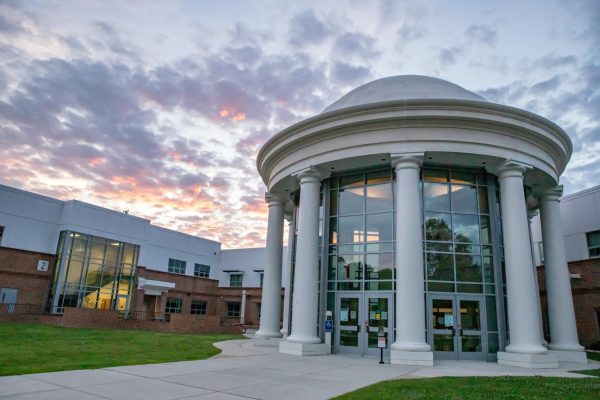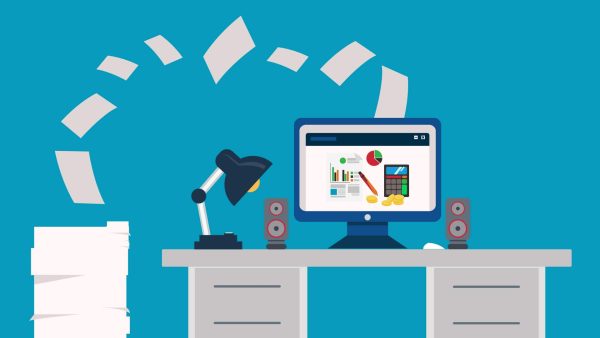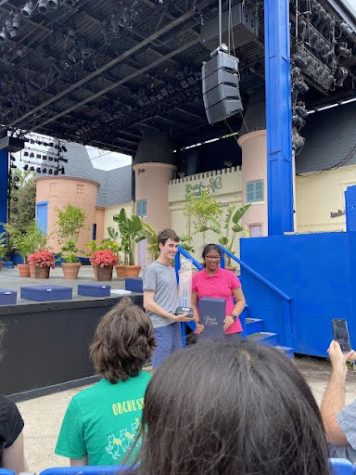Editorial: Stuck in Thicket: the Nuances of Intellectual Property Law on American Drug Pricing
I have carried an EpiPen for as long as I can remember. At thirteen, embarrassed by my severe nut allergy, I longed for the day a pocket-sized EpiPen became a reality. But it was not just my self-esteem that wished for a new version of that lifesaving epinephrine, my mother facing a $250 copay at the pharmacy counter had a similar desire.
Over the summer of 2021, after discovering a fascination with the subject of intellectual property law, I came to realize why my EpiPen, and its price, wouldn’t shrink. Ultimately learning the US patent system, its power, and how it has enabled the US pharmaceutical industry to exploit its consumers. In 2016, a typical EpiPen worth only 10 dollars cost patients upwards of 600 dollars without insurance coverage: the infuriating result of current patent laws that allow EpiPen’s patent holder, Mylan, to maintain a monopoly over the product for up to 20 years. FDA approval for cheaper, generic brand alternatives lagged, newer technologies were recalled, and the price tag on the dominating EpiPen skyrocketed. Beyond this, most insurance companies refused to cover the affordable alternatives, putting patients in an even tighter bind.
But the EpiPen is just one example. Similar life-saving medications such as insulin and Revlimid—a common cancer treatment— are still locked up in patent thickets leaving patients unable to afford the medications they need to survive.
Within the scope of domestic and international policy, the implementation of legislation relating to drug pricing which combats the abuse of patent holder privileges and encourages consumer accessibility within the market is ideal. To repair the dents in the everyday patient’s pocket.
In 2017, each of 12 top grossing drugs in the US amassed “125 patent applications filed and 71 granted patents” per drug. Having remained on the market for over 15 years, accumulating more than 38 years worth of “attempted patent protection blocking generic competition,” according to a study by I-MAK. At almost two times the 20 year monopoly regulation intended under U.S patent law, these twelve drugs have seen a “68% price increase since 2021” leaving only one slightly reduced, the study deduces.
Filing an absurd amount of patents creates what is known as a patent thicket, and in this case, a patient’s nightmare. As the I-MAK study proved, big pharma companies overlap patents on pieces and parts of their unique, and sometimes extremely basic, life saving drugs. Placing 20 year holds on the applicators, injection methods, manufacturing method, etc. begin to create a ‘thicket’ competing companies must prod through.
Eliminating drug monopolies on Insulin and EpiPen with basic legislation is realistically easier said than done. Institute for Policy Innovation (IPI) lobbyist and resident scholar, Dr. Merril Matthews takes a contrary defensive approach, contrary to patent protective legislation proposed by Texas Republican Senator, John Cornryn, in relation to American drug companies. Although backed by groups, including Patients for Affordable Drugs, Coalition for Affordable Prescription Drugs, and Campaign for Sustainable Rx Pricing, Dr. Matthews sees that due reparations to the current abuse-inducing patent system “overreaches and would limit the ability of pharmaceutical firms to develop and improve medicines.” Warning also that drastic measures would “bring medical innovation to a standstill” Dr. Matthews reasonably indicates how “more complicated diseases require more complicated drugs, which opens the door to multiple patents.”
There is a lack of unopposed legislation that has truly broken up patent corruption in the United States. Yet this could be reversed by mimicking the health care policies of foreign countries, such as France, Germany and the United Kingdom, all of whom require price caps on medications and flaunt successful universal health care systems.
The ultimate goal should be to initially minimize the protection terms on patents down by at least fifteen years and allocate a portion of the US healthcare budget to subsidize those life saving medications locked up in patent thickets, while still incentivizing original innovation.
Though what is truly baffling, is in the absence of lobbyists and big pharma with political motivations, an alteration to this specific course of history is highly achievable with only the help of unbiased legal policy implemented to reach this ideal system. In the future I believe that every one of the severely allergic, the diabetic, or the cancer-fighting, will be able to approach their pharmacy counters without pressure on their shoulders if the patent system underwent even a miniscule amendment.

Taylor Anderson is a Senior at South Lakes and is the Co-Editor in Chief for The Sentinel. She is a part of the SLHS varsity cheer team, and really dedicates...














